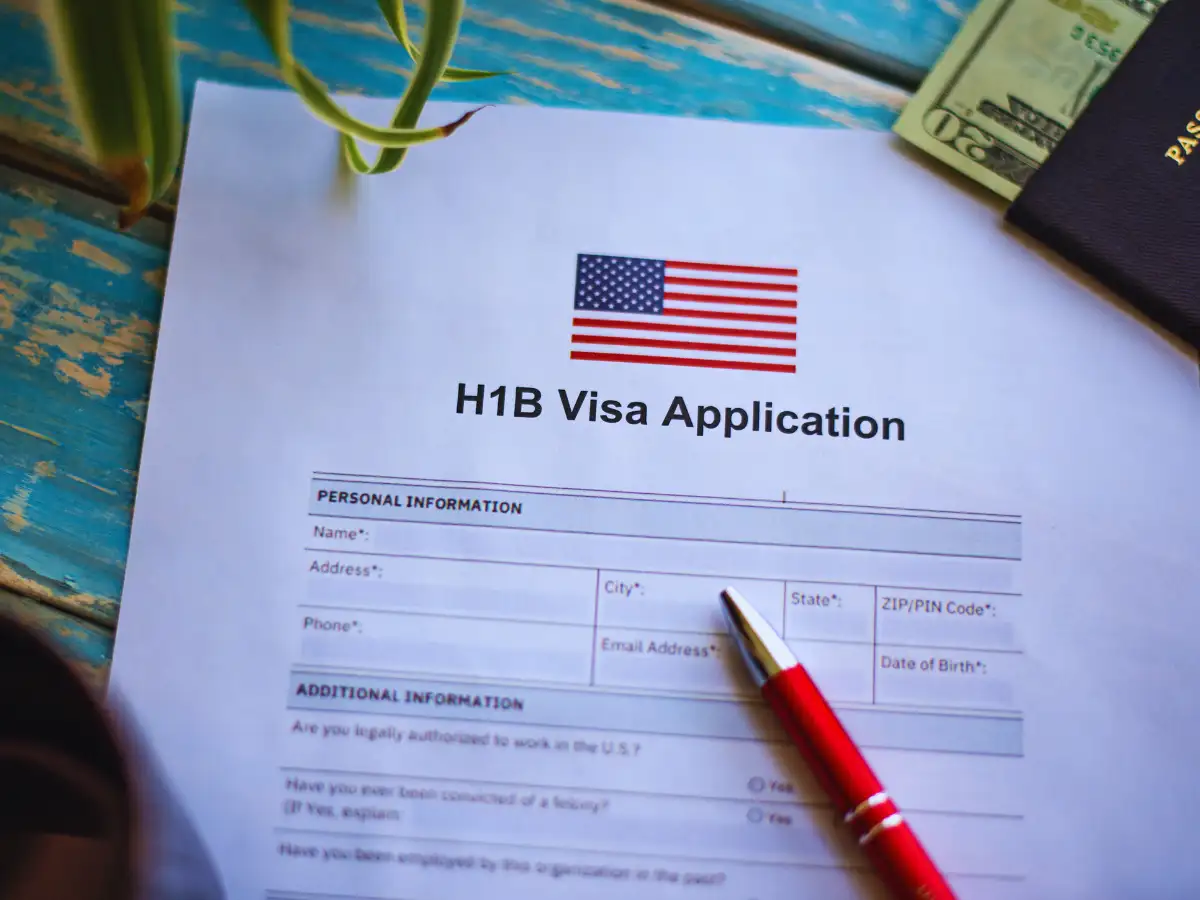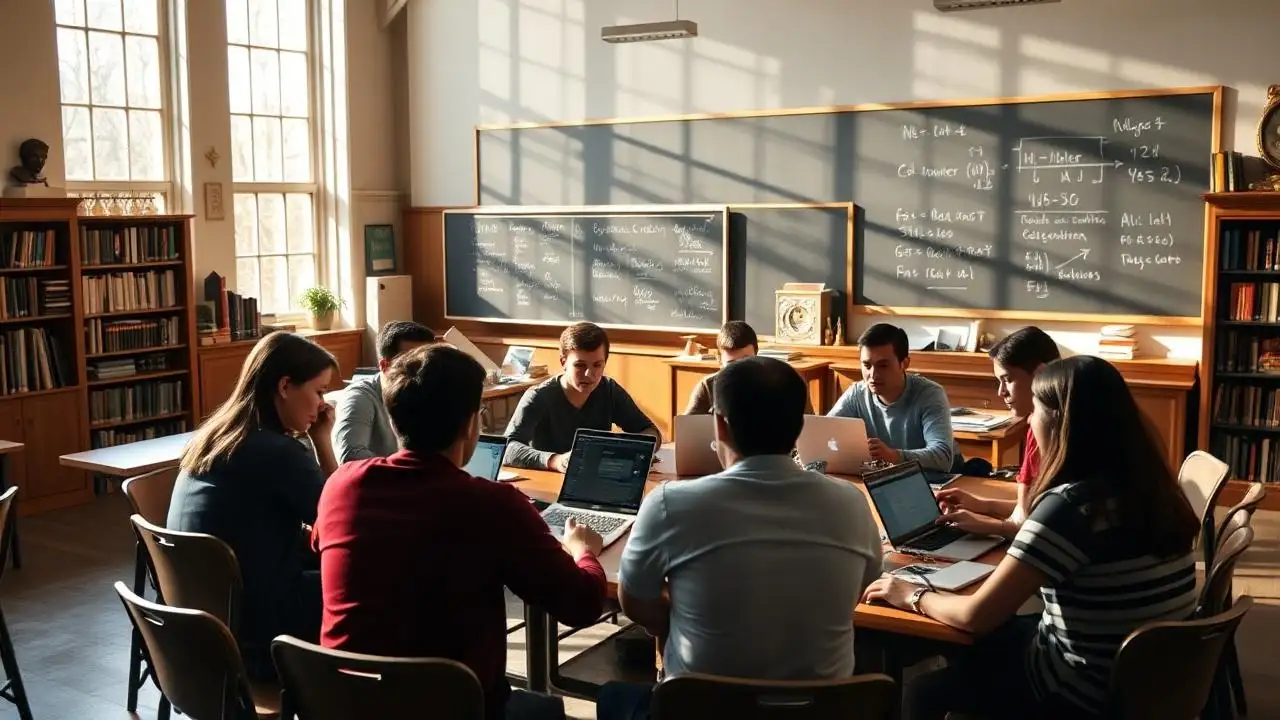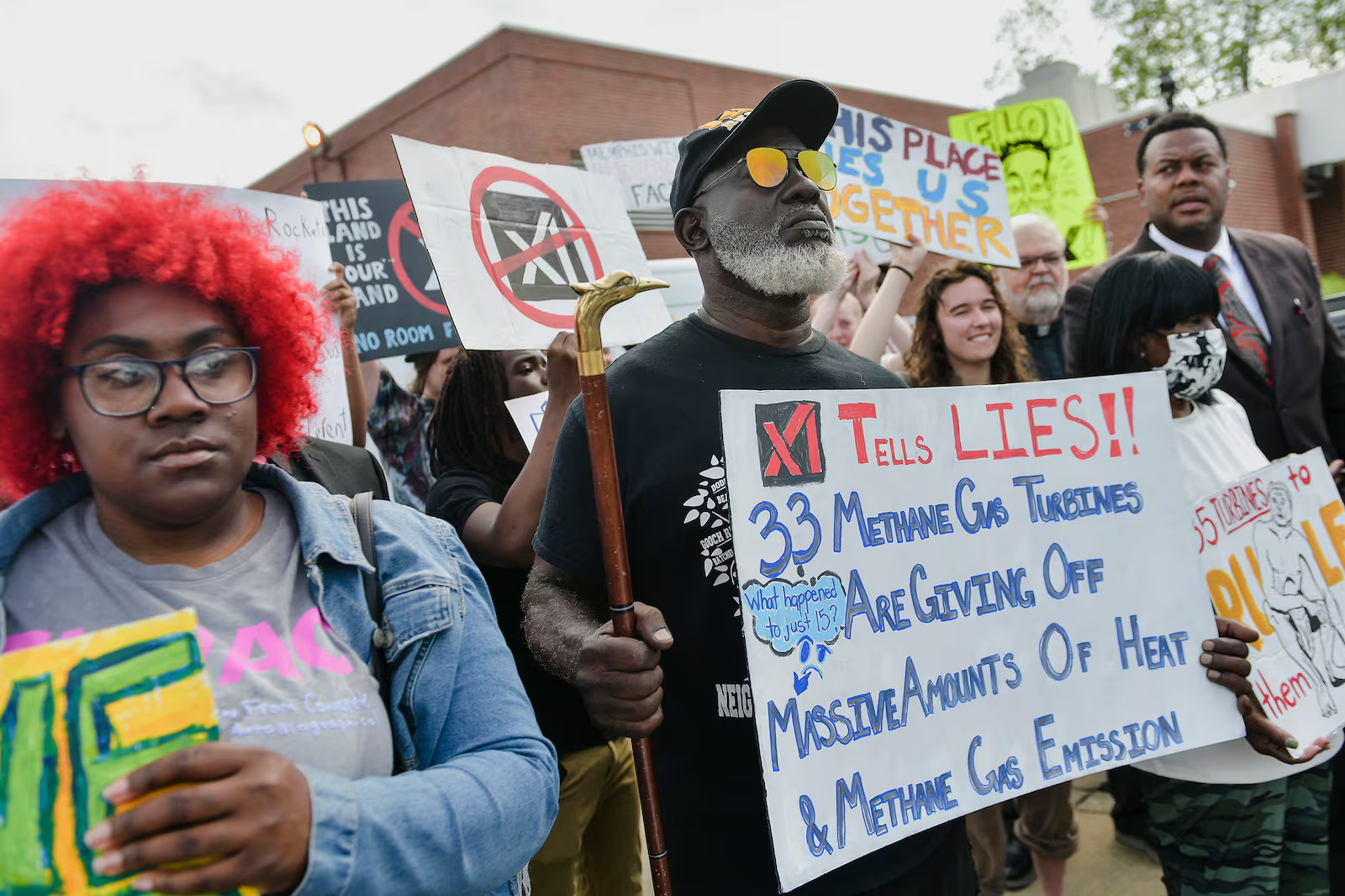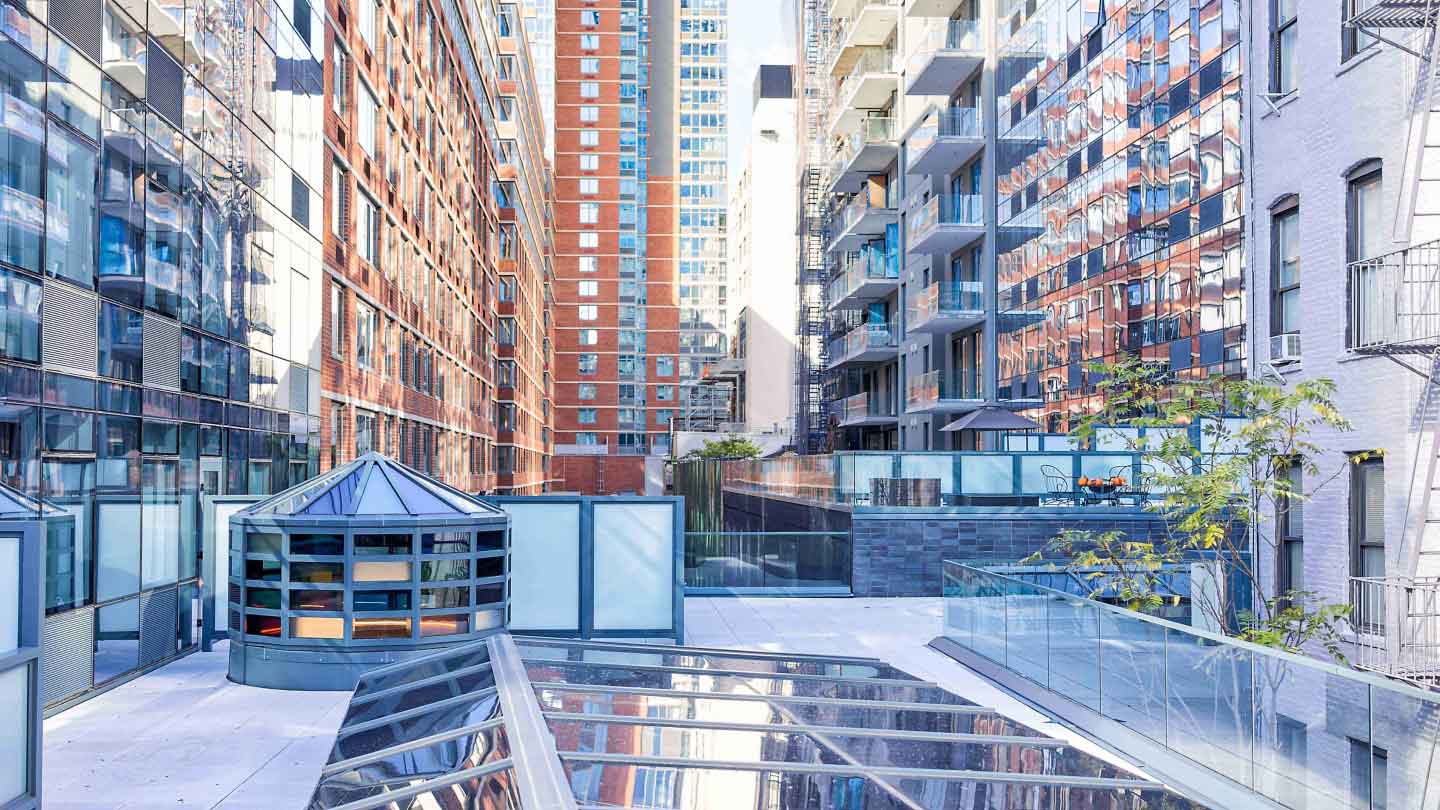
The Significance of the H-1B Visa Program
The H-1B visa has long been a vital pathway for skilled workers, especially in technology, engineering, medicine, and academia, to work temporarily in the United States. It serves as a bridge for international talent to contribute to the U.S. economy while gaining invaluable professional experience. However, with the recent announcement that the H-1B visa cap for FY 2026 has been reached, a wave of uncertainty and questions has arisen among aspiring students, recent graduates, and working professionals aiming to build their careers in the U.S.
Understanding the H-1B Visa Cap and Its Role in Immigration
The H-1B program is governed by a specific annual cap set by the U.S. Congress. Typically, the cap is divided into:
- **General Cap:** 65,000 visas available each fiscal year.
- **Master’s Cap:** An additional 20,000 visas reserved for applicants with advanced degrees from U.S. institutions.
This cap ensures a controlled intake of foreign professionals, balancing U.S. immigration policies with the needs of the domestic labor market. When the cap is reached—often within days of the application window opening—it signifies a highly competitive landscape for prospective visa applicants.
The Implications of Reaching the Cap for FY 2026
The Current Scenario
For FY 2026, reports indicate that the H-1B visa cap has been exhausted rapidly, often within the first few days of the filing period. This is a clear sign of the high demand for skilled international talent and the increasing reliance of U.S. companies on global expertise. This situation impacts various groups differently:
Impact on Students and Recent Graduates
Many international students in the U.S. rely on H-1B visas after completing their degrees, particularly those enrolled in STEM (Science, Technology, Engineering, and Mathematics) programs. The rapid exhaustion of the cap means that:
- Graduates face heightened uncertainty about their ability to stay and work in the U.S. post-graduation, especially if they couldn’t secure an H-1B through the lottery system.
- Students aiming for Optional Practical Training (OPT) extensions or other work visa options may encounter delays or restrictions.
- Some may need to explore alternative visa pathways or consider returning to their home countries, which can disrupt their career aspirations and personal lives.
For Working Professionals
Professionals already under an H-1B visa or those seeking to transfer or extend their stay are also affected. The cap reaching capacity implies:
- Limited opportunities for new applications during the current cycle, leading to potential delays in employment sponsorships.
- Increased competition during the lottery process, reducing the odds of securing a visa.
- Possible need to consider alternative visa categories such as L-1, O-1, or employment-based green cards, which may have different eligibility criteria and processing times.
The Broader Impact on the U.S. Tech Industry and Economy
The H-1B program is a significant component of the U.S. innovation ecosystem, especially in the tech sector. The inability to process significant numbers of H-1B applications can have far-reaching effects:
- Talent Shortages: Limited access to international expertise may hinder innovation and slow down project development in tech giants and startups alike.
- Economic Growth: Reduced inflow of global talent could impact the competitiveness of U.S. companies on the international stage.
- Talent Redistribution: Companies may seek to relocate or establish operations in other countries with more welcoming immigration policies.
Possible Future Changes and the Way Forward
Given the high demand and the current limitations, policymakers are under pressure to explore reforms to the H-1B program. Potential solutions include:
- Increasing the cap: Expanding the annual quota to better meet industry needs.
- Implementing more targeted visa policies that prioritize high-skill, high-demand sectors.
- Streamlining application processes and reducing processing times to accommodate more applicants efficiently.
- Offering alternative pathways such as longer-term employment-based green cards or new visa categories tailored for different professional segments.
For international students and professionals, staying informed about policy changes and exploring multiple visa options become increasingly important. Engaging with immigration experts or legal advisors can help them strategize their moves effectively.
Consequences for the Future Workforce and Immigration Policy
The recent cap exhaustion highlights ongoing debates surrounding immigration policies in the U.S., emphasizing the need for a balanced approach that promotes innovation while safeguarding domestic labor interests. As the technology and healthcare sectors grow, demand for global talent is unlikely to diminish. Therefore:
- Students and professionals need to diversify their career and visa strategies.
- The government might need to revisit and reform existing policies to better align with industry demands.
- International collaboration and partnerships could be vital for maintaining the U.S.’s competitive edge.
Conclusion: Navigating an Evolving Immigration Landscape
The reaching of the H-1B visa cap for FY 2026 marks a pivotal moment for aspiring international talent aiming to work and innovate in the United States. While it underscores the unprecedented demand and the competitive nature of securing H-1B visas, it also calls for stakeholders—students, professionals, employers, and policymakers—to adapt proactively. Embracing alternative pathways, advocating for reforms, and staying informed will be essential to navigating this evolving immigration landscape successfully.
Ultimately, the future of international talent in the U.S. depends on a collective effort to create more inclusive and efficient immigration policies that foster innovation and economic growth while addressing national interests.
For more updated news please keep visiting Prime News World.









